
July is a wonderful time in a garden. Summer is in full flow, and you will be beginning to reap the rewards of the effort you’ve put in.
But all that lush summer abundance can quickly turn to chaos if you don’t stay on top of things.
And while you may be enjoying the warm weather, it can bring a range of challenges in your garden.
No doubt, your garden will be keeping you very busy this month. There will be plenty of general garden jobs to do. You’ll no doubt be sowing, planting, tending and harvested a wide range of plants this month. It is very easy to become overwhelmed.
To help you keep on top of things, here is a list of 35 gardening jobs to do in July:
General Garden Jobs To Do in July
These first seven jobs are, in my opinion, the most important ones to take care of in a July garden. If you find yourself pushed for time over the summer season, these are the things you should prioritize.
1. Beat the Heat
July can often be very hot, and many of us may be experiencing heat waves or very warm weather at this time of year. One of your top priorities this month should be finding ways to protect your plants from extreme heat.
- First of all, use companion planting to provide shade for plants that may bolt in hot weather.
- Consider other options for shade cover in particularly warm areas.
- Water well (especially in dry areas, in containers, or when growing undercover.)
- Make sure there is adequate air-flow/ ventilation around your plants. Thin planting where necessary to avoid overcrowding. Use supports for plants effectively.
- In undercover growing areas, damp down hard surfaces to increase humidity and reduce temperatures on particularly warm days. And consider adding thermal mass (stone, bricks, clay or ceramics, or water-filled containers) to keep temperatures more even. (Materials with high thermal mass draw in the heat energy from the sun during the day, and release it slowly once temperatures fall. This not only helps keep plants warm in winter. It can also help with overheating under cover during the summer months.)
2. Be Water Wise in Your Garden
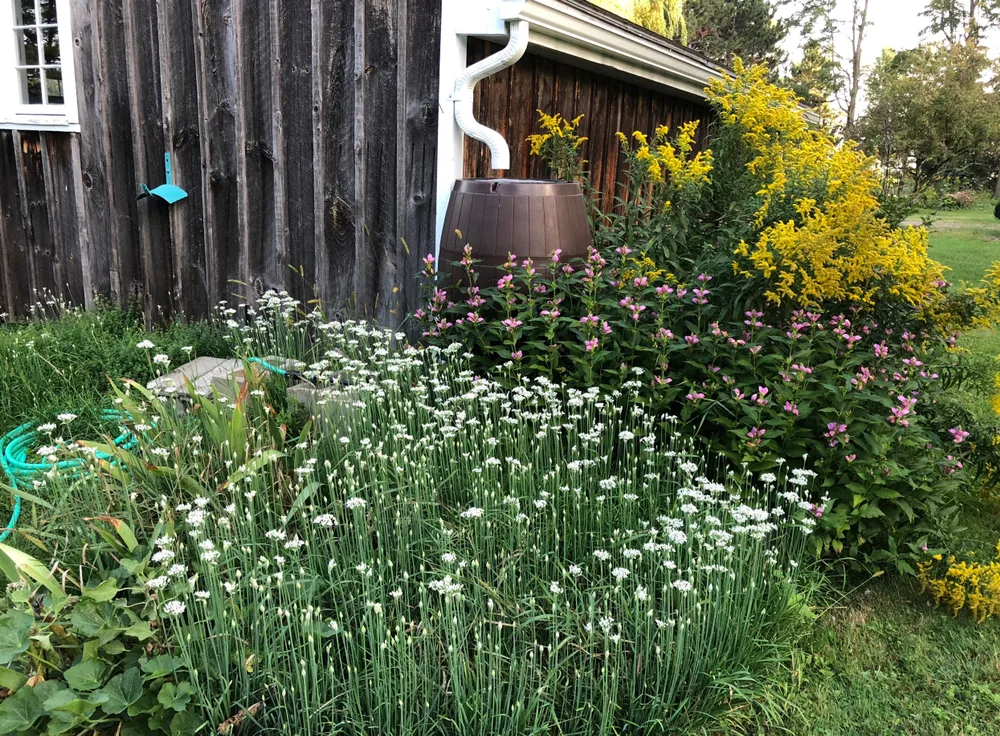
In a July garden, you may need to pay more attention to watering than you do at other times of the year.
The first thing to say is that if you don’t already harvest rainwater in your garden, now is the time to set up a rainwater harvesting system right away.
Remember, you can collect rainwater from the roof of your home, and from any other structures on your property. While this is particularly important in low rainfall areas, it is something you should be doing no matter where you live.
In summer, in warm weather, plants will need more water. So it is vital to collect whatever rain does fall. It is equally important to use water wisely in your garden.
There are a number of steps you should take now, if you have not already done so, to reduce water use in your garden.
In addition to providing shade where necessary, to reduce water loss from soil and plant leaves, you should also:
- Mulch well around plants to reduce moisture loss from the soil (and keep it cool).
- Dig on contour swales and other earthworks to keep ground water around.
- If you want to make new growing areas, think about making hugelkultur mounds, in which rotting wood and other organic matter stores water more effectively.
- Consider adding drip irrigation/ using wicking methods rather than using a sprinkler or hose pipe to water your garden.
- Think about using clay pots, or other vessels inserted in the soil or in containers, and watering into these – so water goes directly to plant roots, where it is needed.
- Using watering globes or watering spikes with reclaimed materials to ensure adequate water supplies for your plants throughout the summer. (Especially if you are growing in containers.)
3. Keep Adding Fertility
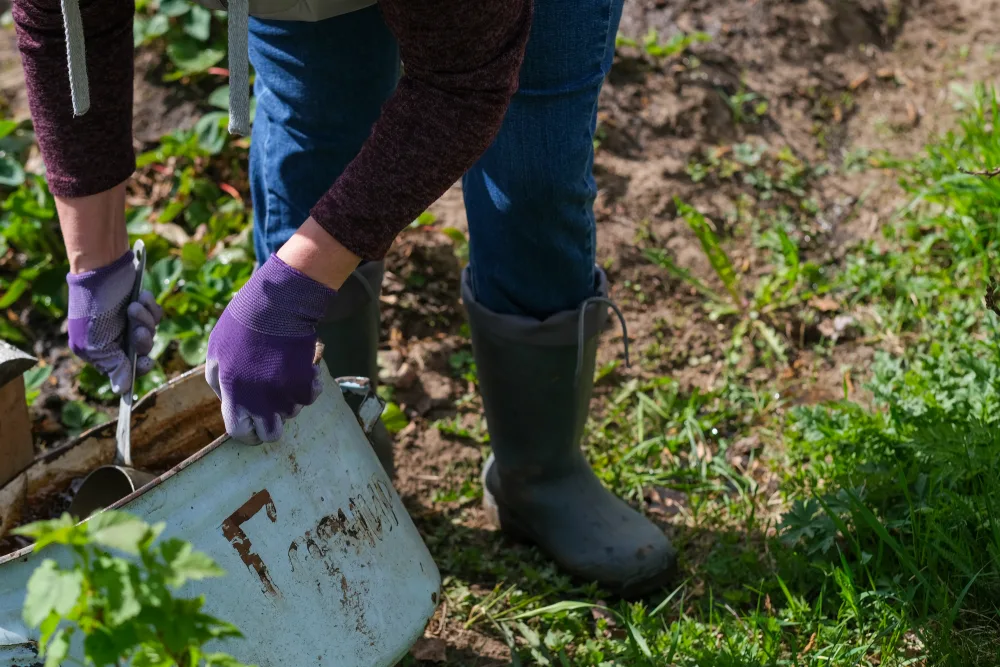
With such abundant growth, your garden plants will quickly consume nutrients from the soil or growing material into which they are planted.
Another of the most important jobs at this time of the year is maintaining and adding fertility in your garden.
Adding organic mulches, of course, will not only help reduce water use. They can also help in adding slow-release fertility to your growing areas.
Make sure you keep adding organic mulches – to replenish nitrogen, potassium and other micro-nutrients essential for plant growth. Nitrogen rich mulches are particularly important for strong green (leafy) growth. And potassium is crucial for optimal flower and fruit production.
In the middle of summer, when flowering and fruiting plants are at their peak, it is also a good idea to give plants a boost with potash rich liquid plant feeds.
If you have grown comfrey in your garden, a liquid fertilizer made from this is an excellent choice.
But there are also a range of other liquid ferilizers you can make using plants, or using store cupboard ingredients.
You can also make a compost tea for a balanced, general purpose fertilizer that can be very useful at this time of year.
4. Care For Your Compost
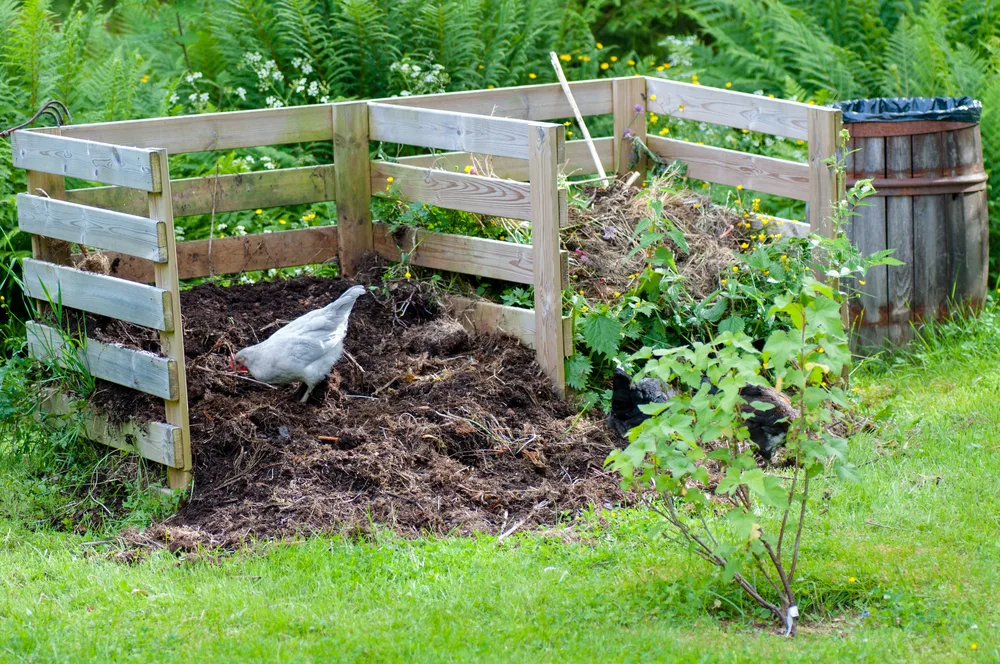
Speaking of compost – if you don’t already have a composting system in place, it is very important to set one up right away. It is important to choose the right method for your situation and needs. Not composting at all, however, is the biggest composting mistake you could make.
If you do already have a composting system, there are a number of things you need to do to make sure it continues to function effectively at this time of the year. For example, you should:
- Make sure cold composting systems don’t get too hot.
- Ensure there is adequate moisture content in your composting system. If the compost dries out too much, the rate of decomposition can slow considerably, and beneficial creatures helping create your compost may even die.
- Turn/ aerate your compost (to make sure it retains conditions for aerobic decomposition).
If you have a lawn, you might have a lot of nitrogen rich material to add to your compost at this time of year. But make sure you don’t add masses of grass clippings all at once. Add plenty of carbon rich material to balance it out and mix materials well.
5. Stay on Top of Weeds
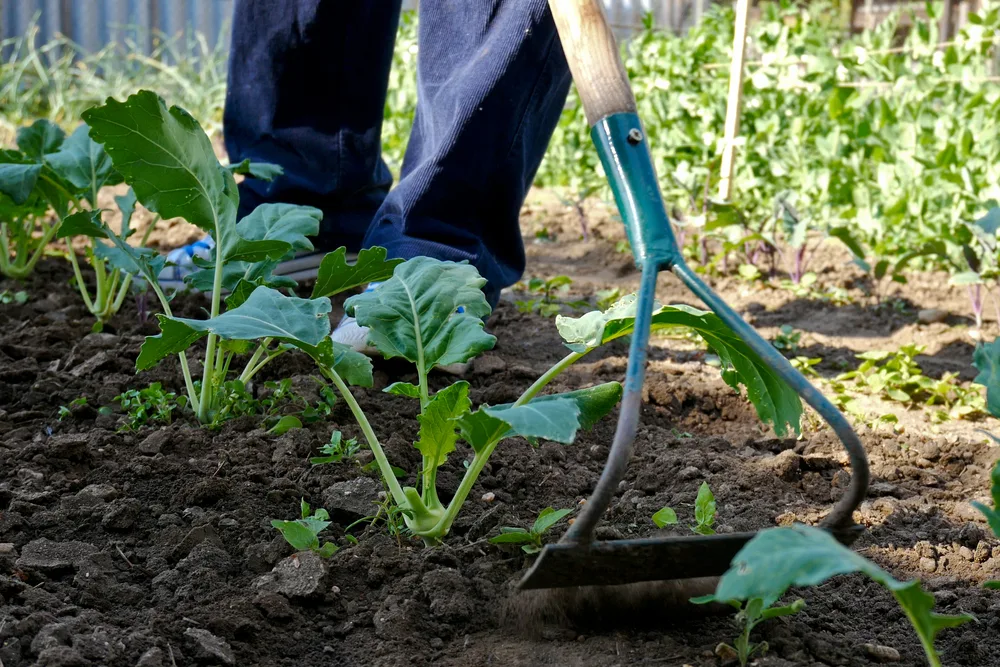
At this time of year, you may be struggling to stay on top of weeds. When it comes to weeds, it is easy to become overwhelmed.
The best approach is to be rather relaxed about weeds. Remember, many weeds can actually be very beneficial in your garden. It is a good idea to make sure you have some wilder corners, to welcome in wildlife and promote good biodiversity.
But in annual growing areas, where weeds compete too vigorously with crops, they do often need to go. As mentioned above, maintaining fertility and avoiding overcrowding are both very important in a July garden.
Here are some tips to help with weeding in a July garden:
- Choose the right tools . (A hoe can make it easier to remove unwanted weeds from between your crops.)
- Weed little and often. (Don’t let things get to the point where you have to undertake a massive weeding session all in one go.)
- Space plants relatively closely (choosing non-competing plants – with deeper/ shallower root systems, for example – to fill in gaps, and avoiding bare soil whenever possible).
- Choose ground cover companion plants that can outcompete weeds without competing too much with your main crops.
- Use organic mulches to help suppress weed growth.
- Make weeding less of a chore – consider ways to use the weeds you remove. Weeds can have a wide range of uses. Some are even edible, so weeding becomes just another harvest. And even non-edible weeds can still be useful – for making liquid fertilizers, for example.
6. Be Vigilant For Pests and Disease
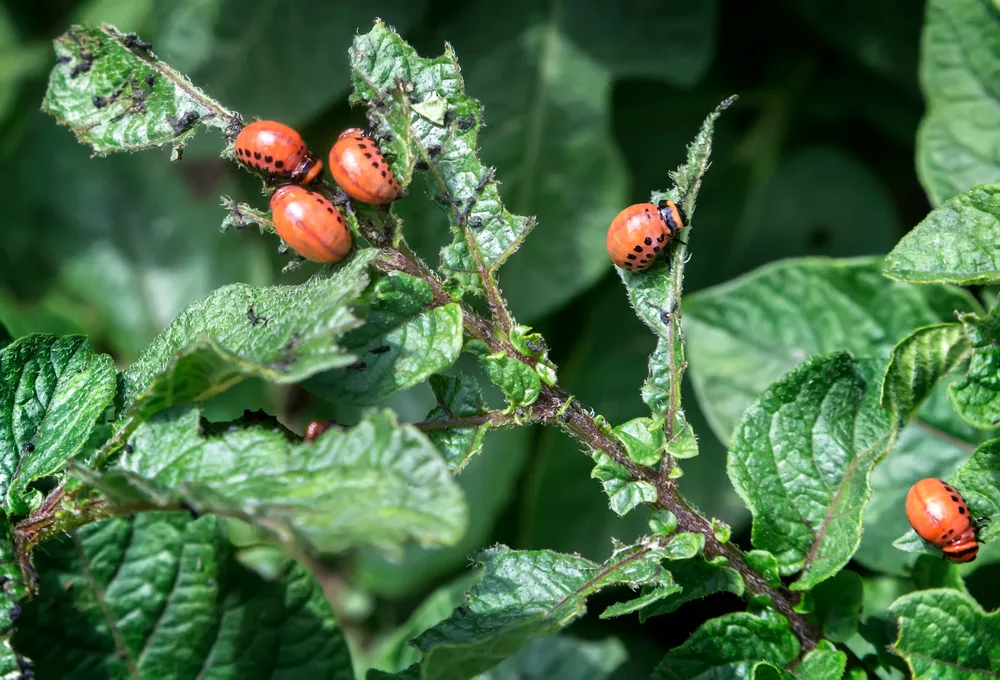
Another of the main gardening jobs to do in July is checking over all your plants thoroughly for signs of pests and disease.
A wide range of problems and pests can begin to pop up at this time of year. The more vigilant you are, the more likely it is that you will be able to nip problems in the bud before they become a major issue.
Picking pests manually off your plants may seem like a lot of work. But it can help to avoid a big infestation. And removing diseased plant material by hand as soon as it appears can help reduce the spread of such problems.
But prevention is always better than cure. Boosting biodiversity in your garden and welcoming in wildlife are the best ways to reduce problems with pests and disease in an organic garden.
7. Care for Garden Wildlife
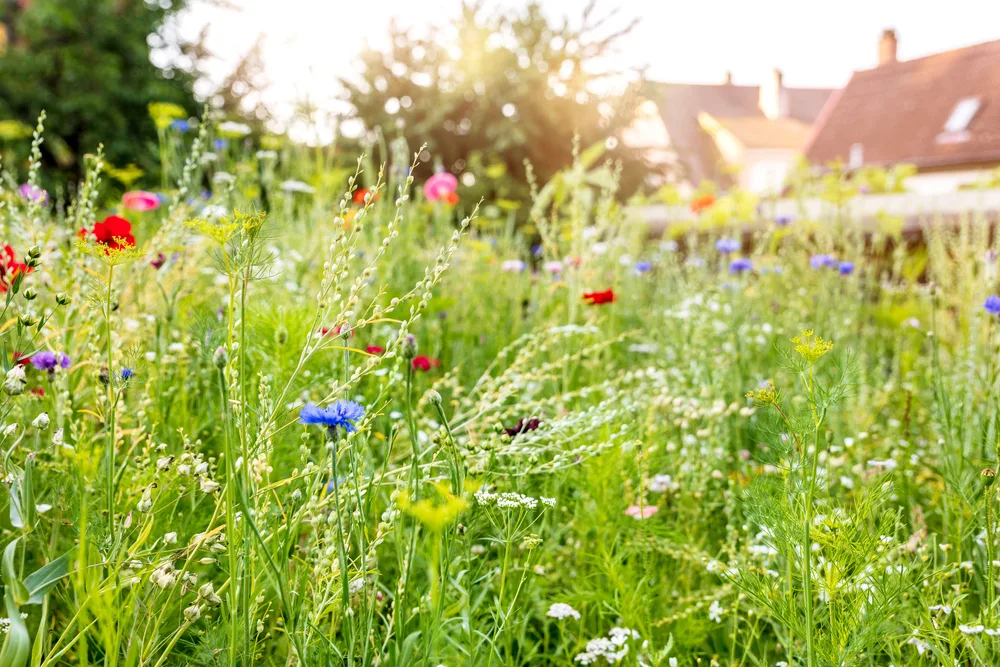
What you plant is a big part of attracting and caring for beneficial wildlife. But this month might be less about what you plant right now, and more about what you do for wildlife already in your garden.
To care for garden wildlife this month:
- You should consider replacing a mono-crop grass lawn with something more biodiverse and beneficial to wildlife. But if you do have a neat grass lawn – simply mow less often, or stop mowing altogether.
- Create brush piles and shady, wild corners to give wildlife habitats, and protection from summer heat.
- Make sure there is a water source in your garden that a range of wildlife can use. In summer, many creatures can suffer from a water shortage. Ideally, make a garden pond, to bring in beneficial wildlife. But if you don’t have a pond, at least make sure there is water available for birds and other creatures, and keep bird baths etc. topped up during dry spells.
8. Plan Ahead for Seasons to Come
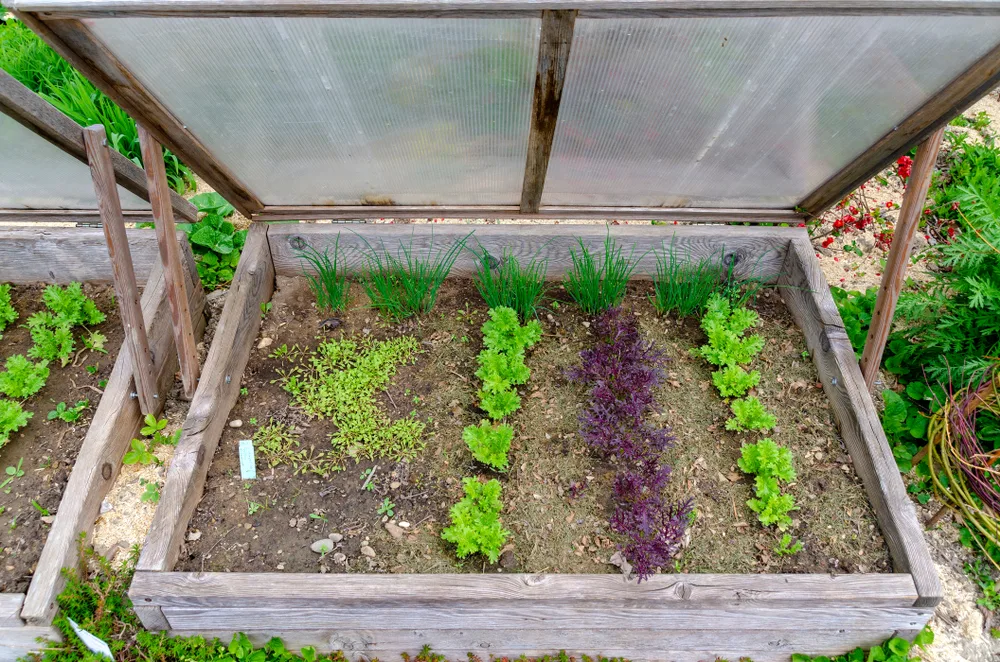
You may be very occupied with what is happening right now in your garden. But even now, at the height of summer, it is important to have one eye on the colder months to come.
Now is a good time to make sure you have a planting and garden management schedule in place for the months ahead. (Remember to think about crop rotation, and about successional planting that will allow you to make the most of your space.)
It’s also a good time to think about how you might be able to add protection structures in your garden that might allow you to grow food year round.
Finally, think about preserving your harvests this month and next. Canning, freezing, drying and other preservation methods can help you make sure you have food on hand to see you through the rest of the year.
Now we’ve covered the basics, let’s take a look at some more specific jobs you might be undertaking this month:
Seeds To Sow in July
You might imagine that it is a little too late to get started on a food producing garden this year. But there are still plenty of things you can still sow in a temperate climate garden for food before the end of the year.
9. Direct Sow Seeds of Quick Crops For Late/Summer Fall
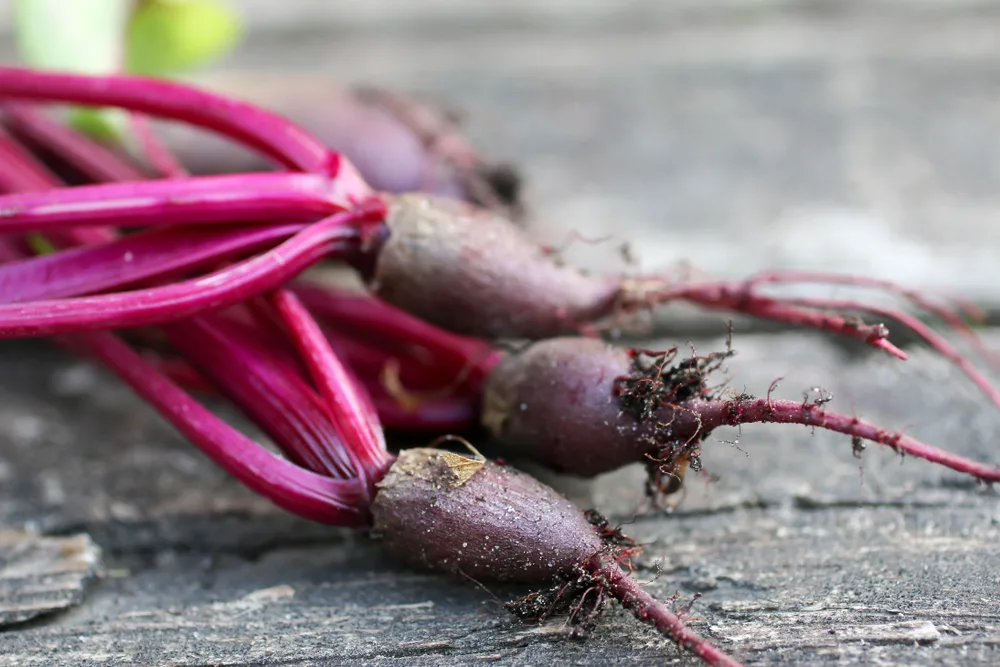
Of course, the climate and conditions in your own particular garden, and the length of your growing season will determine the options available to you.
But here are some of the crops that you might still be able to consider direct sowing from seed. You can grow many of these options in containers, as well as in the ground.
- Loose leaf lettuce (and other quick growing leafy greens).
- Radishes
- Spring Onions
- Peas
- Beans (French or runner beans for green beans before the end of the growing season)
- Carrots (baby carrots by fall, maincrop to store for winter)
- Beets (baby beets by fall or maincrop to lift and store at the end of the season).
- Chard
- Kohlrabi
10. Sow Seeds For a Winter or Early Spring Harvest
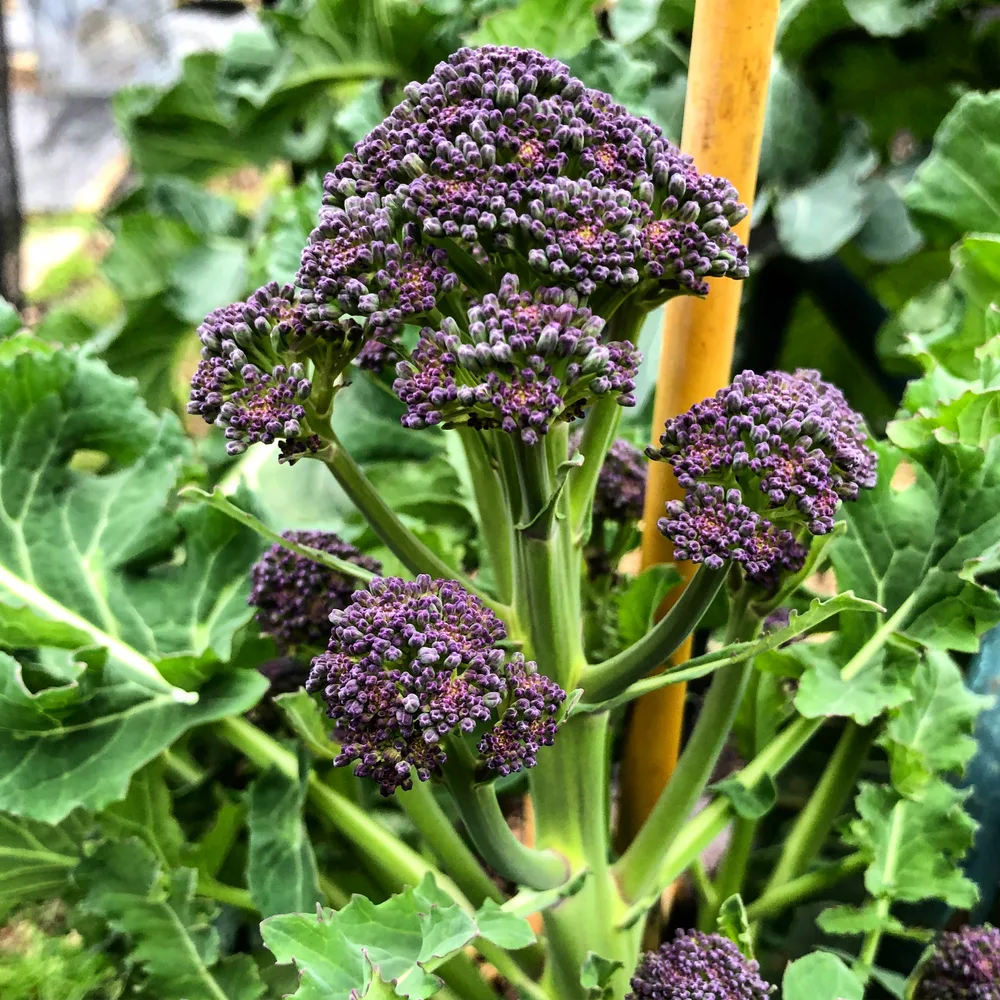
Thinking ahead, you can also think about sowing seeds for food over winter, or in the early spring next year. For example, you might sow:
- Turnips (sow maincrop turnips in July for a useful winter harvest).
- Kale
- Winter Cabbages
- Purple Sprouting Broccoli
- Winter lettuces
Depending on where you live, you may also be able to sow potatoes in July, for new potatoes for your Christmas dinner. (Though they will have to be protected from frost in a polytunnel or greenhouse, or with other forms of cover.)
The other plants mentioned above may also, depending on your planting zone, need some protection once cold weather arrives.
If you don’t have an undercover growing area, you can extend your growing season with row covers and cloches. (You can even make your own using things that might otherwise have been thrown away.)
Tending Plants In July
Of course, you’ll likely have your hands full with the plants already growing in your garden. Here are some more jobs for July that involve tending specific plants:
11. Clear out cool weather crops (like fava beans) if you have not already done so. (But leave their root systems in place as this will benefit following crops due to nitrogen fixation.)
12. Continue to fertilize and pinch side shoots off your tomato plants.
13. Transplant warm weather crops like squash, corn etc. if you have not already done so.
14. Train cucumbers, squash and other climbing or vining plants to grow vertically, guiding them into supports.
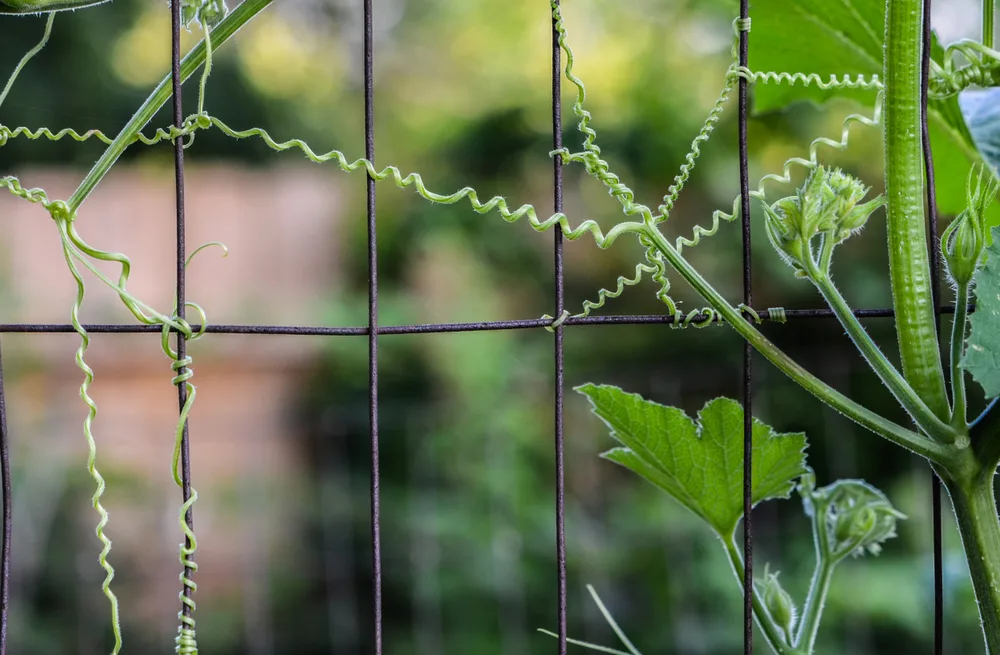
15. Start guiding strawberry runners to where you want them to go.
16. Prune plum, cherry and peach trees. Pruning these fruit trees in summer reduces risk of disease.
17. Prune for shape on espaliered, cordoned and fanned apple and pear trees.
18. Feed citrus trees with a specialized organic citrus fertilizer.
19. Dead head a range of flowering plants regularly to prolong the season of blooms.
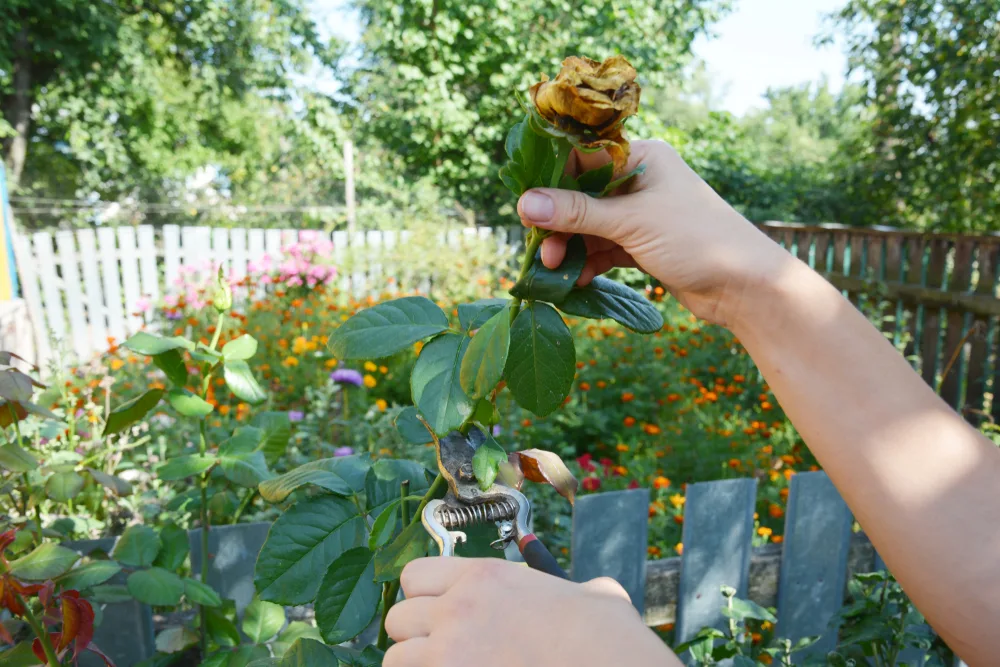
20. Cut back faded perennials.
21. Take cuttings of tender ornamental plants for overwintering indoors.
22. Take softwood cuttings of ornamental shrubs for fall planting. (Abelia, Caryopteris, Forsythia, Hydrangea, Potentilla and Ribes are amongst the shrubs you can propagate fairly easily and successfully in this way, though the same method can be used for a wide variety of different garden shrubs.)
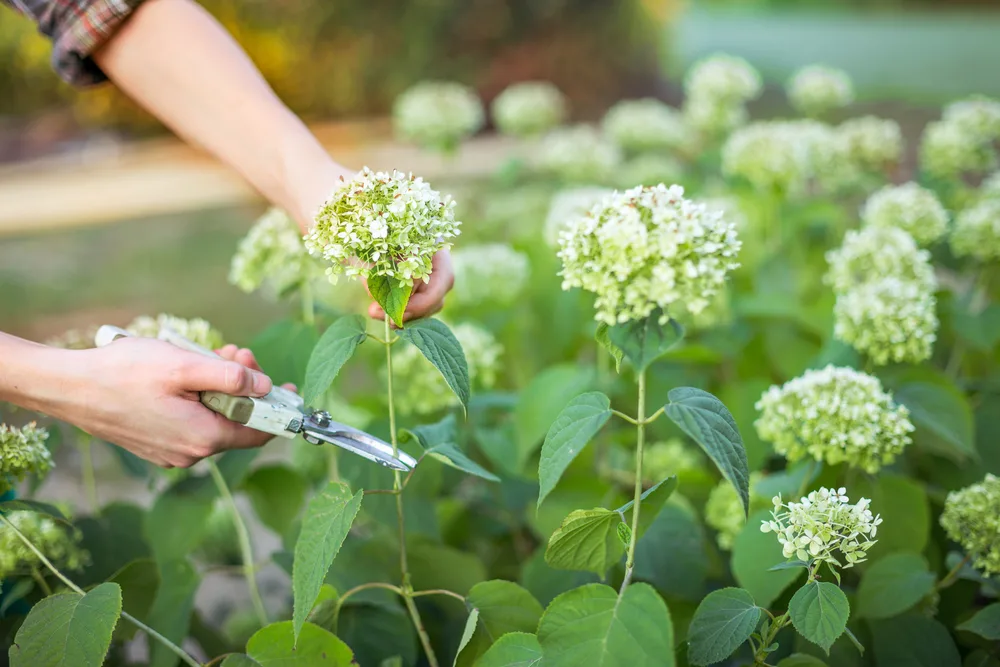
These are just some of the many, many jobs you might have to do when managing and caring for the plants already growing in your garden.
Harvesting This Month
Of course, what you are harvesting this month will depend greatly on where you live, and on what you are growing in your garden. But here are some harvesting jobs you might have to take care of this month:
23. Harvest garlic (when tops start to turn yellow and flop over on at least a third of your crop.)
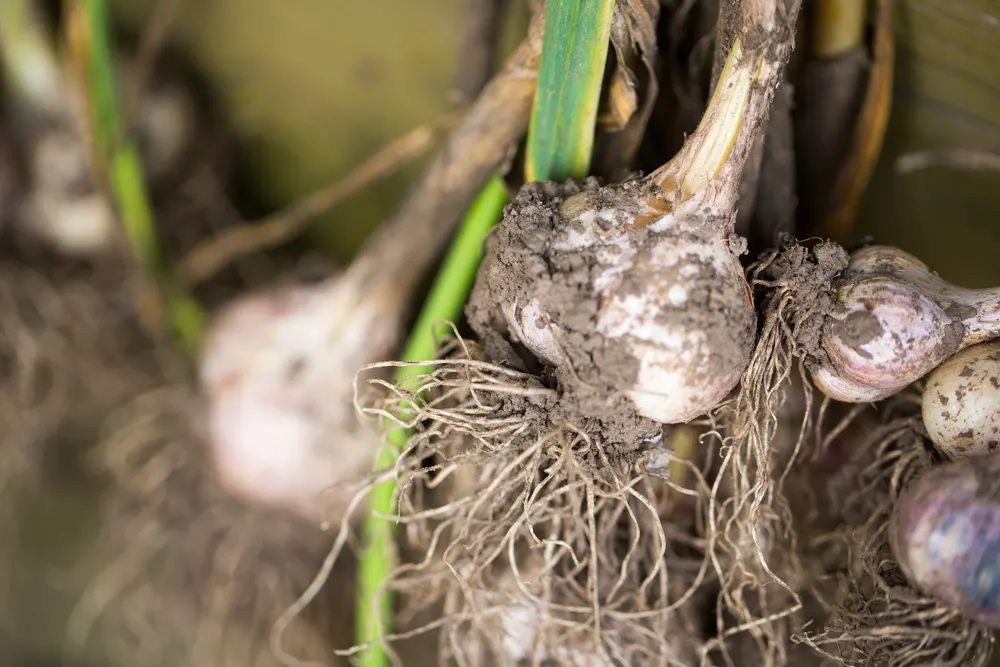
24. Pull shallots (again, when the foliage starts to die back).
25. Begin to harvest onions as needed. (Usually, onions planted as sets should be ready to harvest around 100-120 days from planting. Though they are usually left until later, when they stop growing and flop over – you can begin to harvest once they reach a useable size. Overwintered onions will likely be ready for harvest around this time.)
26. Thin out carrots and beets and other root crops, and eat the baby roots you remove.
27. Keep on top of summer squash and zucchini and pick and eat them while they are still small.
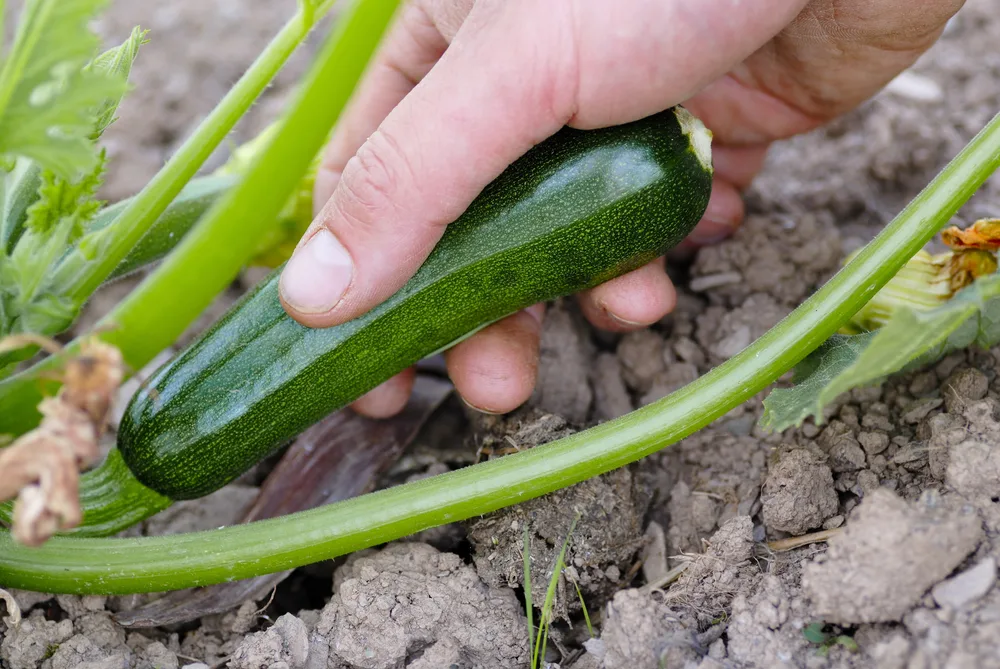
28. Continue to harvest and eat a range of leafy vegetables from your garden.
29. Harvest runner beans and other beans regularly to prolong your harvest.
30. You might also start harvesting your tomatoes this month.
31. Harvest many varieties of cherries, apricots, peaches and nectarines.
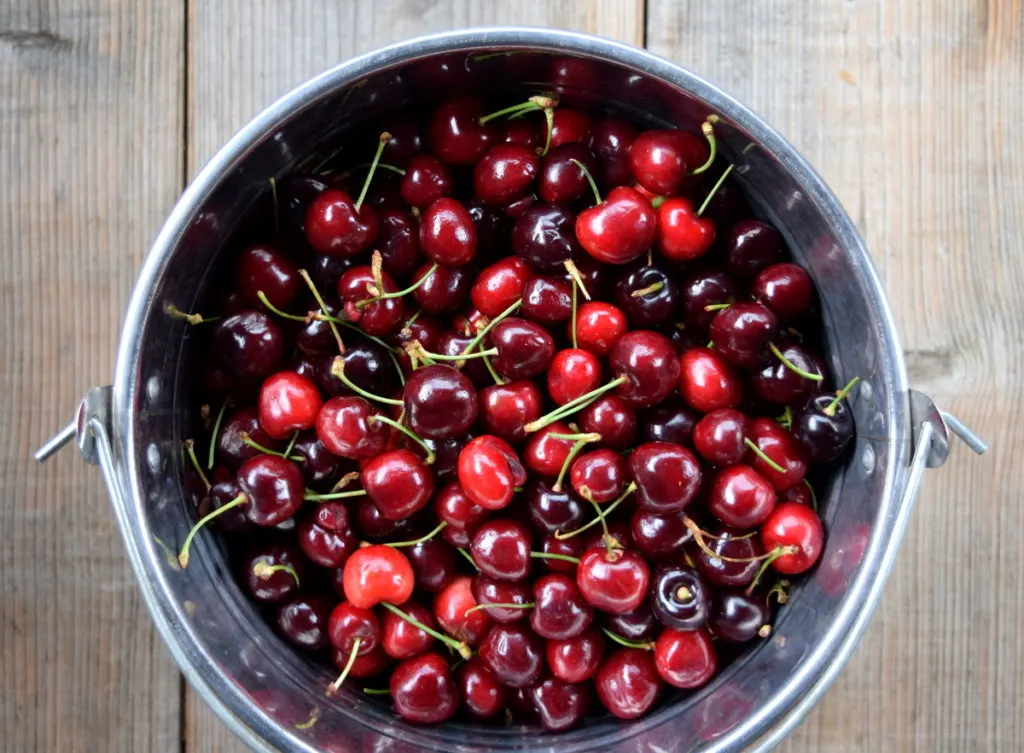
32. Make use of unripe windfall apples.
33. Gather in soft fruit harvests. Some fruits you might be harvesting this month include gooseberries, blackcurrants, redcurrants, blueberries and some raspberries.
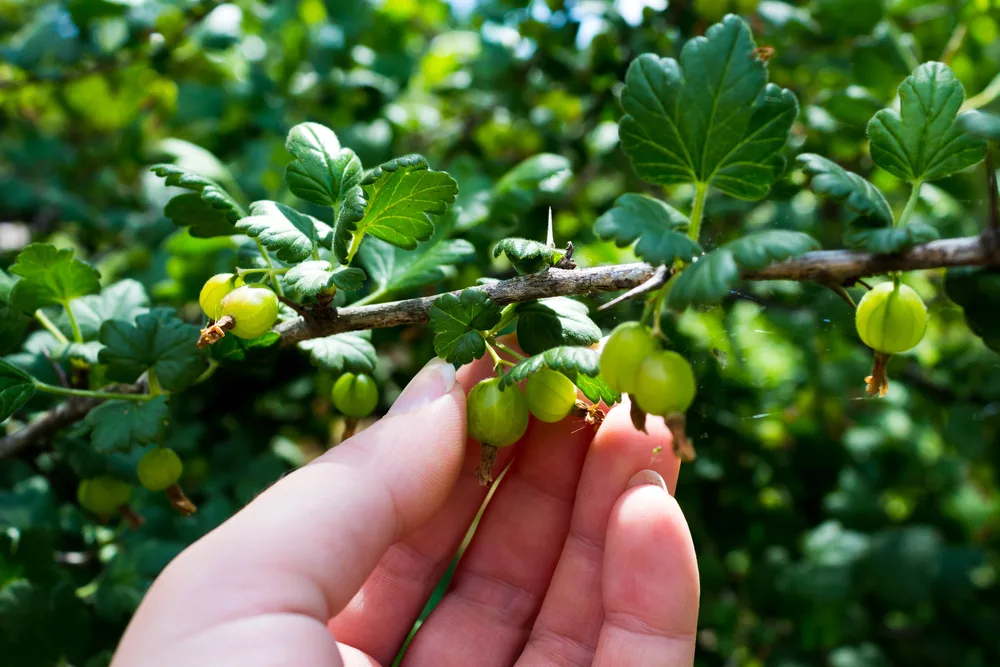
34. Harvest a wide range of culinary and medicinal herbs.
35. Enjoy a range of blooms as cut flowers for your home. (Marigolds, Amaranthus, Dianthus, Rudbeckia and Antirrhinum, for example, are just some great options for cut flowers this month.)
Of course, the examples given above are just some of the gardening jobs to do in July.
The jobs will, again, vary quite broadly depending on exactly where you live. But it is clear that in July, there will always be plenty to get on with in any garden.

Get the famous Rural Sprout newsletter delivered to your inbox.
Including Sunday musings from our editor, Tracey, as well as “What’s Up Wednesday” our roundup of what’s in season and new article updates and alerts.

